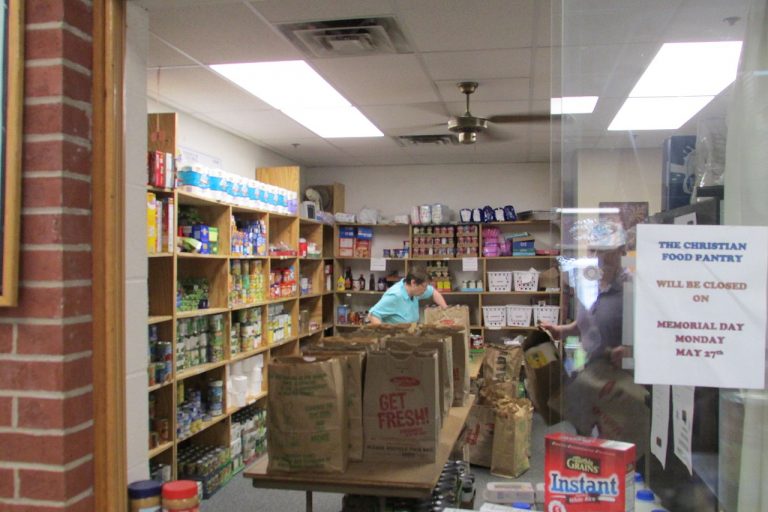Published on December 17, 2020

Understanding Washington residents’ access to food and their economic well-being – or lack of it – during the COVID-19 pandemic is vital for state and community partners to identify those needs and allocate resources effectively.
To help accomplish this goal, the University of Washington, Washington State University and Tacoma Community College, along with input from partners in local, county and state governments — such as the Washington State Department of Health and the Washington State Department of Agriculture — are conducting a series of food security surveys.
The first wave of this series of surveys was conducted in June and July, and 2,621 Washington residents from 38 of 39 counties responded. Now researchers are recruiting participants in the survey’s second wave.
“The first survey found that food insecurity was high among state residents, and that the majority of food insecure households had children. We also found disparities in the burden of food insecurity by income, race, ethnicity and educational attainment,” said Jennifer Otten, one of the leaders of the survey team and a UW associate professor of environmental and occupational health sciences.
“Wave 2 will monitor the continuing impact of the pandemic on economic- and food-related wellbeing eight months after the initial lockdown. We hope to continue to add more waves of data collection to monitor the ongoing situation,” Otten said. “The data collected will be used by legislators, public agencies and anti-hunger networks to allocate resources, provide support and promote the recovery of Washington residents.”
Continue reading at UW News.
Originally written by Jake Ellison for UW News.